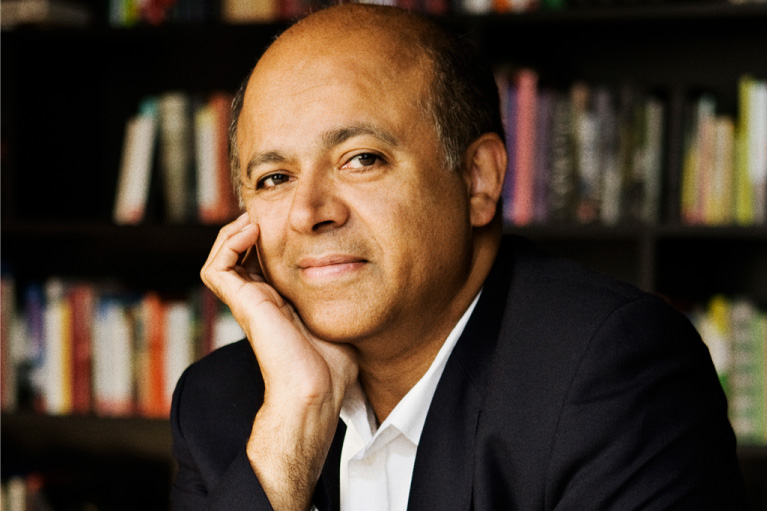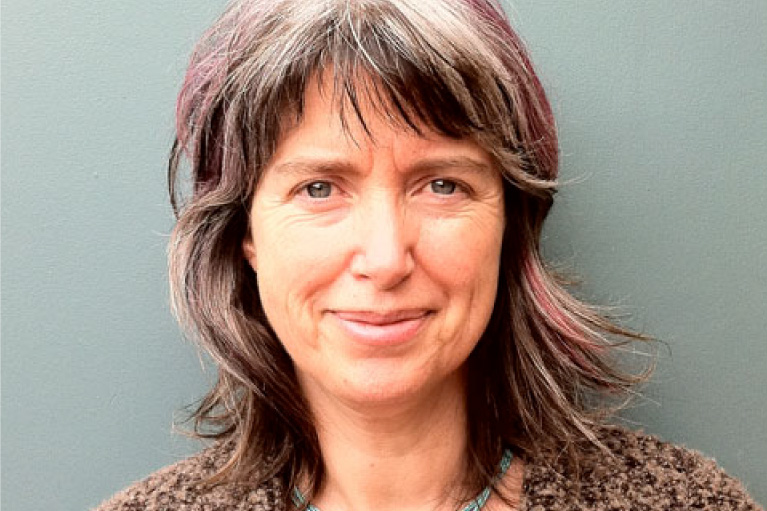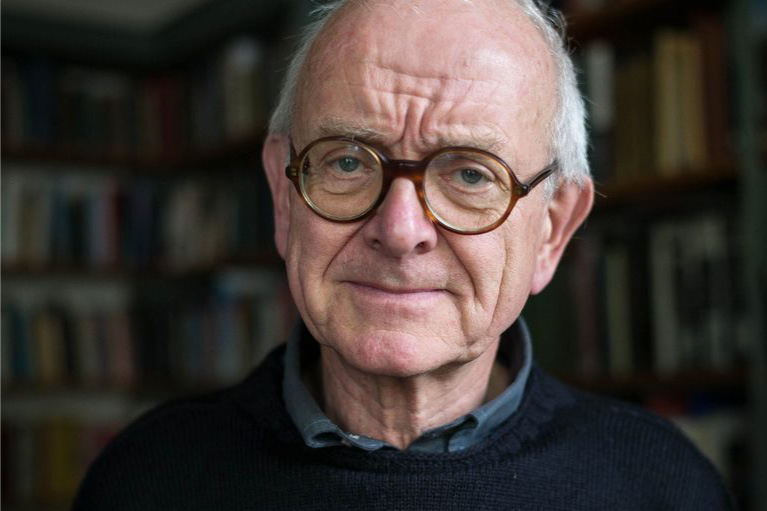Abraham Verghese, MD, MACP, is Professor and Linda R. Meier and Joan F. Lane Provostial Professor, and Vice Chair for the Theory and Practice of Medicine at the School of Medicine at Stanford University. He is also a critically acclaimed, best-selling author and a physician with an international reputation for his focus on healing in an era where technology often overwhelms the human side of medicine. In February 2014, he received a Heinz Award from Teresa Heinz and the Heinz Family Foundation. The awards given annually in the areas of Arts and Humanities; Environment; Human Condition; Public Policy; and Technology, the Economy and Employment, celebrate the enduring spirit of hope and the power of innovation.
Verghese began his medical training in Ethiopia, but his education was interrupted during the civil unrest. He completed his medical studies at the Madras Medical College in 1979. After completing his internship there, he came to the United States as one of hundreds of foreign medical graduates from India seeking open residency positions. He opted for a residency in a brand-new program in Johnson City, Tennassee where he was a resident from 1980 to 1983. Verghese then secured a coveted fellowship at Boston University School of Medicinein 1983, where he worked for two years at Boston City Hospital.
Returning to Johnson City in 1985 as assistant professor of medicine.
Abraham Verghese’s early years as an orderly, his caring for terminal AIDS patients, the insights he gained from the deep relationships he formed and the suffering he witnessed were intensely transformative. These were the cumulative experiences around which his first book, My Own Country: A Doctor’s Story, is centered.
Such was his growing interest in writing in the late 1980s that he decided to take some time away from medicine to study at the Iowa Writers Workshop at the University of Iowa, where he earned a Master of Fine Arts degree in 1991. Since then, his writing has appeared in The New Yorker, Texas Monthly, Atlantic, The New York Times, The New York Times Magazine, Granta, Forbes.com, and The Wall Street Journal, among others.
After leaving Iowa, he became professor of medicine and chief of the Division of Infectious Diseases at Texas Tech Health Sciences Center in El Paso, Texas, where he lived for the next 11 years. In addition to writing his first book, which was one of five chosen as Best Book of the Year by TIME magazine and later made into a Showtime movie directed by Mira Nair, he also wrote a second best-selling book, The Tennis Partner: A Story of Friendship and Loss, about his friend and frequent tennis partner’s losing struggle with addiction. This was named a New York Times’ Notable Book.
He left El Paso in 2002 and, as founding director of the Center for Medical Humanities & Ethics at the University of Texas Health Science Center San Antonio, he brought the deep-seated empathy for patient suffering that had been honed by his previous experiences to his new role in the medical humanities.
He gave the new Center a guiding mission, “Imagining the Patient’s Experience,” to emphasize the importance of interactive patient care. He saw empathy as a way to preserve the innate caring and sensitivity that brings students to medical school, but which the rigors of their training frequently suppress. In San Antonio, also, he became more focused on bedside medicine, inviting small groups of medical students to accompany him on bedside rounds. Rounds gave him a way to share one-on-one the value he placed on the physical examination in diagnosing patients and demonstrating attentiveness to patients and their families, a vital key in the healing process.
Dr. Verghese’s deep interest in bedside medicine and his reputation as a clinician, teacher and writer led to his recruitment to Stanford University School of Medicine in 2007 as a tenured professor and senior associate chair for the Theory and Practice of Medicine. He has since been named the Linda R. Meier and Joan F. Lane Provostial Professor Vice Chair for the Theory and Practice of Medicine at the Stanford School of Medicine.
In his writing and his work, he continues to emphasize the importance of bedside medicine and physical examination in an era of advanced medical technology. He contends the patient in the bed often has less attention than the patient data in the computer. His December 2008 article in the New England Journal of Medicine, Culture Shock: Patient as Icon, Icon as Patient, clearly lays out his viewpoint.
Today, as a popular invited speaker, he has more forums than his writing to expound on his views on patient care. He talks nationally and internationally on the subject, in addition to talks and readings from his books. He has also led the effort at the Stanford School of Medicine to establish the Stanford 25, where residents and students are taught techniques and skills to recognize the basic phenotypic expressions of disease that manifest as abnormal physical signs.








Leave A Comment